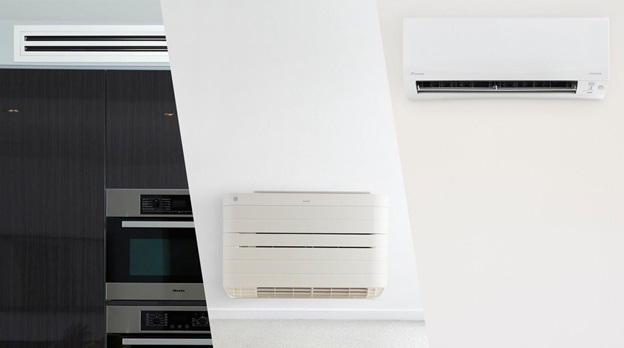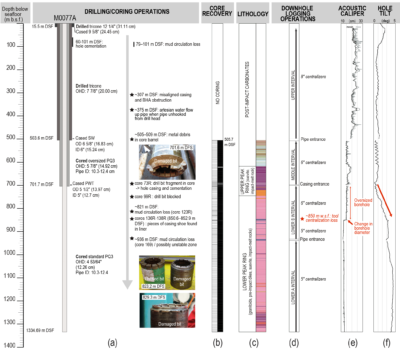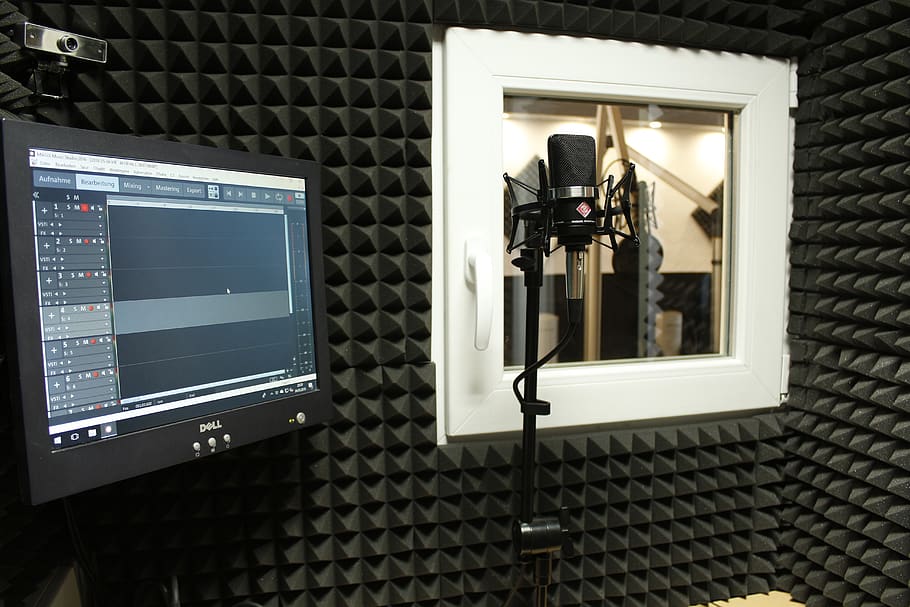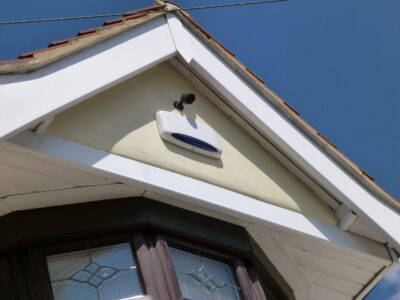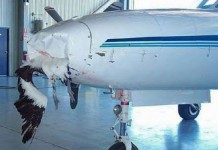
Have you ever wondered why birds have enough strength to smash a plane’s head?
At about 19:20 pm on September 30, a Vietjet plane was hit by a bird, causing a large dent and a tear in the nose of the plane. Right after that, the plane landed at Noi Bai airport (Hanoi) for repair.
We know that the aircraft shell is made from super durable materials, even if it is hit by lightning, it is still “unharmed”. So how can the little birds win against the “iron bird”? The following article will help you explain that.
Birds are a big obstacle to flights
We often think that birds’ bodies are very soft and spongy thanks to their feathers. However, physicists say this is actually a misconception.
Because, after all, birds are “flesh and bone” creatures, which means they are very hard – when hitting a hard object at high speed, the results will not be as good as we think.
Let’s first consider speed. Most bird strikes occur during take-off and landing. Therefore, we will use the take-off velocity as the standard – the speed of the Boeing 747 during this period is about 92m/s. Next is kinetic energy. The kinetic energy in this case is calculated based on the speed of the plane with the weight of the bird being 1kg. So we have:
Assuming the bird collides with the plane at a distance of 5cm, the force of impact can be calculated:
The entire impact force is spread over the area of the bird’s front body, which has an estimated area of 0.05 square meters. So we have the pressure at this point: p= F/A = 42,300/0.05 = 0.85 MPa (Mega Pascal – unit of pressure), where A is the area of the bird impact area.
And aviation accidents are caused by “little birds” In the history of aviation in the world, there have been many tragic accidents that happened just because of hitting birds. You can refer to some typical examples below: On September 22, 1995, a US Army Boeing E-3 Sentry AWACS crashed not long after taking off from the base. The reason is that a few wild geese flew directly into the engine, causing the entire fuselage to be seriously damaged. The plane crashed about 3 km from the runway, killing all 24 people on board.

